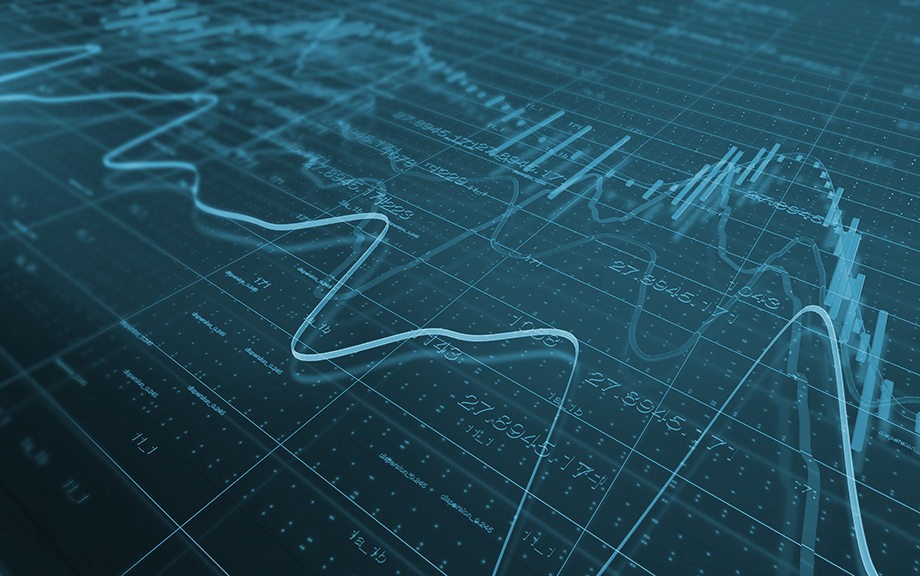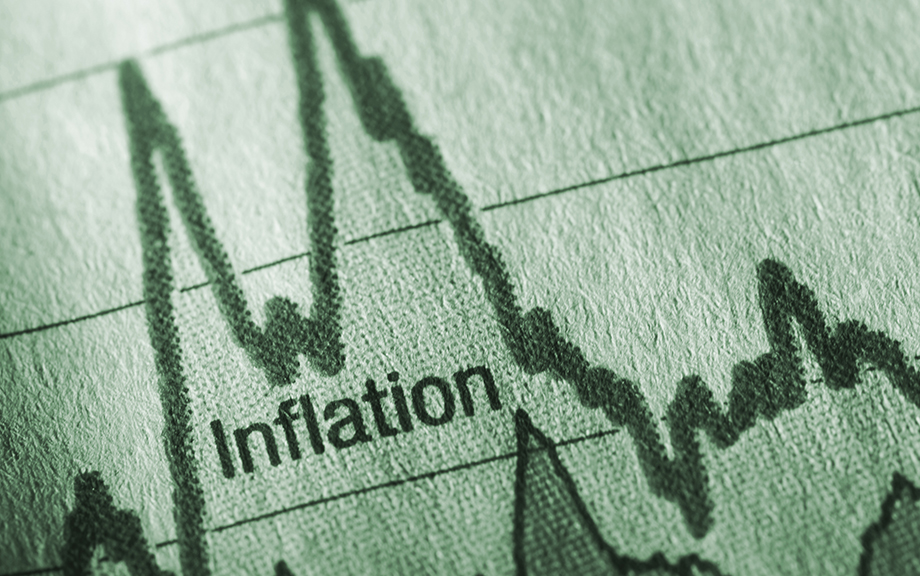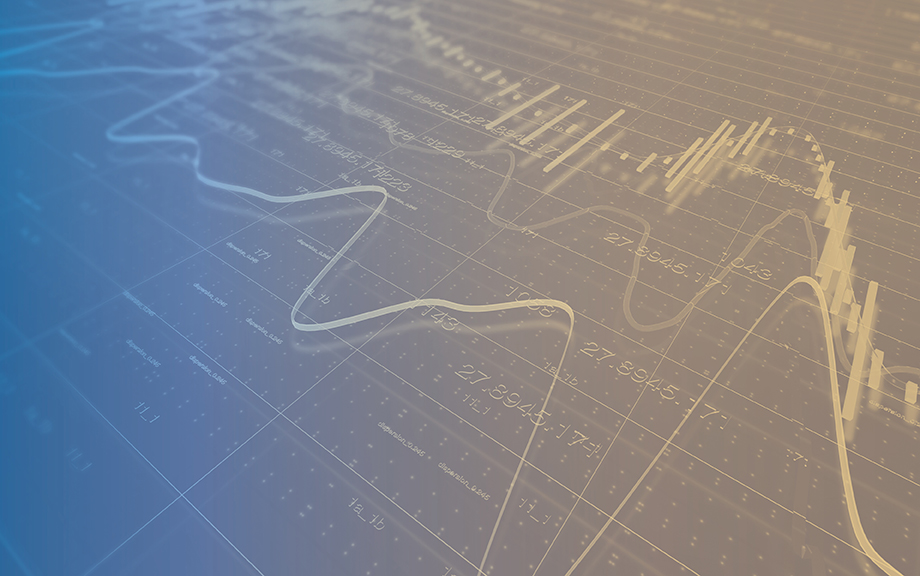Drivers of Inflation: The New York Fed DSGE Model’s Perspective - Liberty Street Economics
After a sharp decline in the first few months of the COVID-19 pandemic, inflation rebounded in the second half of 2020 and surged through 2021. This post analyzes the drivers of these developments through the lens of the New York Fed DSGE model. Its main finding is that the recent rise in inflation is mostly accounted for by a large cost-push shock that occurred in the second quarter of 2021 and whose inflationary effects persist today. Based on the model’s reading of historical data, this ...| Liberty Street Economics




